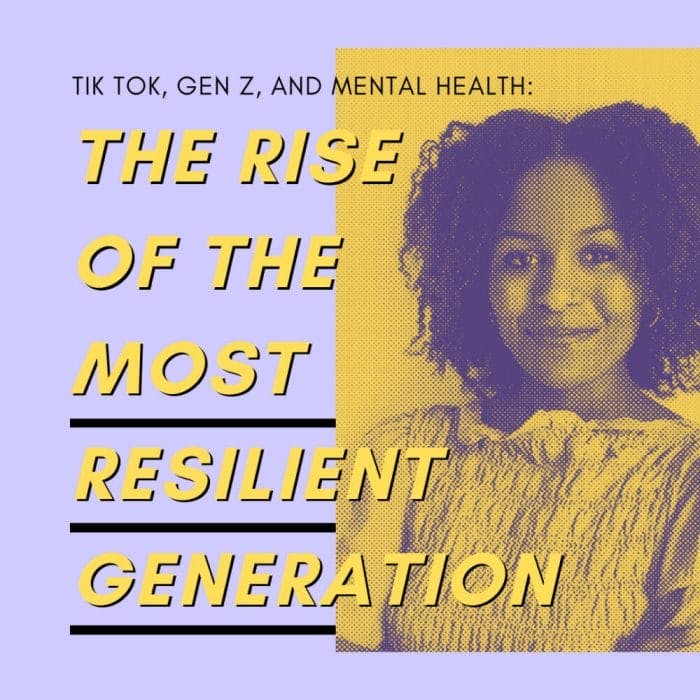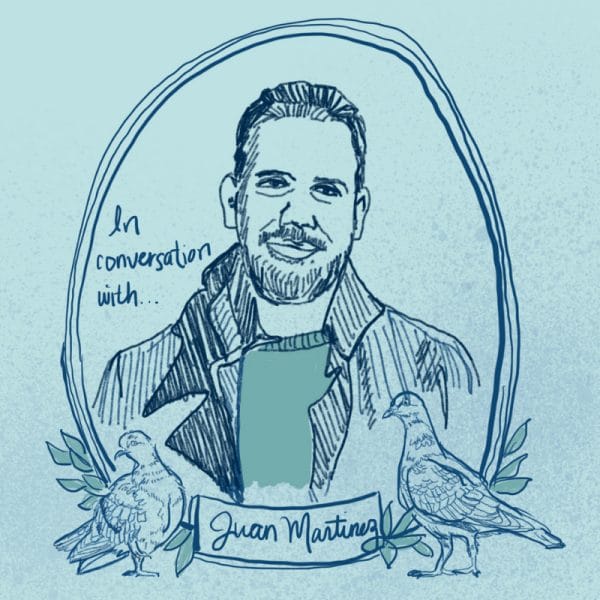The Rise of the Most Resilient Generation
Last Spring, I jumped down a TikTok rabbit hole for the first time. I was a senior in college, standing at the launching point of my young adult life, and the pandemic had just flipped my world upside-down. I felt devastated about leaving my friends and my campus for good, disheartened about the future now that everything I had been looking forward to—spring break, senior week, graduation—was suddenly out of the picture.
But there, in this abruptly blank absence of in-person life, was TikTok. A digital world full of fellow Gen Z folks creating 1-minute videos that reflect our internal lives.
I was immediately captivated. TikTok became a safe space where my experiences and emotions were shared, welcomed, and normalized. Reflecting back on the year, I can see how the app also became an important way for teens and other young adults to express themselves and manage their mental health.
Today, I work at Hopelab, a social innovation lab that leverages tech and behavioral science to improve the health and well-being of young people. In late 2020, my organization collaborated with Common Sense and the California Healthcare Foundation to survey over 1,500 young people, ages 14-22, to learn more about the evolving role of digital technology in young people’s lives as we navigate an increasingly uncertain time. Findings show that more than one in five teens and young adults report that social media is important for receiving support (20%), feeling less alone (21%), and expressing themselves creatively (25%).
Platform usage rates complement these findings. In 2021, TikTok welcomed 1 billion active monthly users, after months of gaining in popularity during the pandemic. A staggering 60% of those users consist of Gen Zers. It’s clear that the app’s appeal is its versatility and wide reach which makes it more enticing for my generation to open up and talk about vulnerable moments or spread personal messages. Whether it’s making up quick and simple dances to popular songs, jumping onto new trends, or just having fun with the video editing features, TikTok supplies Gen Z with myriad ways to paint our story.
Bringing Awareness to Depression: A Day in the Life
For a lot of us, mental health issues are part of our story. One 22-year-old content creator draws attention to her struggle with mental health by filming snippets of a day in her life with depression. In a video titled “Day 67 my fight against depression,” she shows herself doing everyday tasks like waking up, brushing her teeth, and getting dressed while highlighting—through body language and in captions—just how taxing it is for her to do these things with depression.
@sydevelynbbyI’ll post more loves just been in a funk here recently 67/365 #mentalhealthmatters #series #SelfImprovement♬ worldstar money (interlude) – Joji




